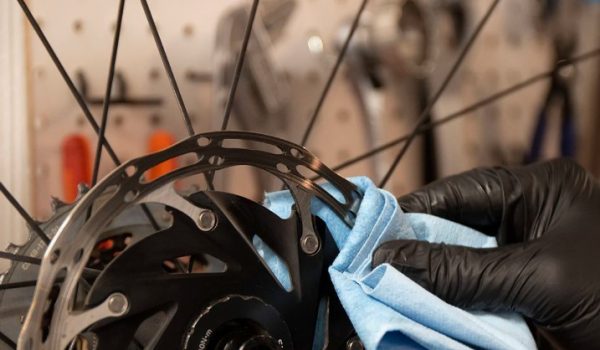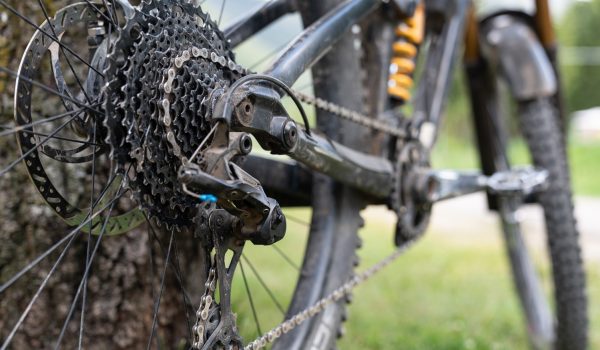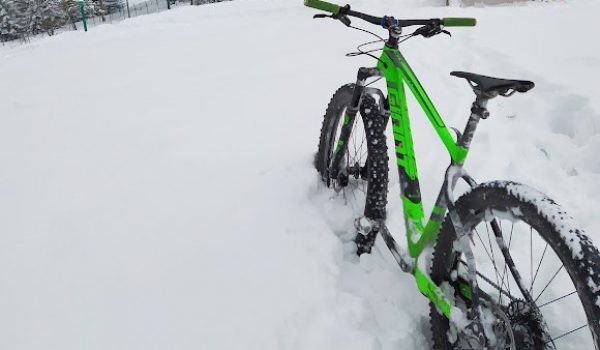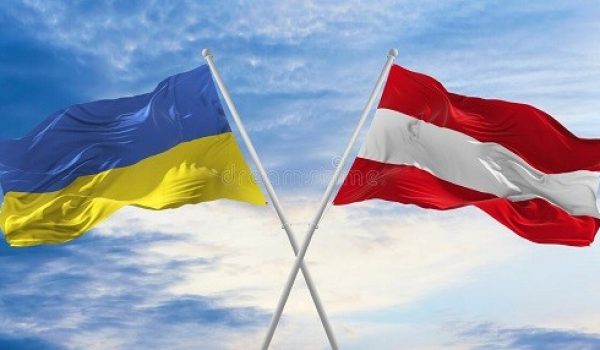Die schönsten Routen und Tipps für Anfänger und Fortgeschrittene
Einleitung: E-Mountainbiking in Österreich bietet einzigartige Erlebnisse für Outdoor-Begeisterte und Naturfreunde. Mit unzähligen gut ausgebauten Trails, majestätischen Alpenlandschaften und einer beeindruckenden Naturkulisse ist Österreich ein Paradies für E-Biker. Dieser Artikel zeigt die besten E-Mountainbike-Strecken in Österreich, erklärt die Vorteile des E-Mountainbikings und gibt hilfreiche Tipps für alle, die in die Welt des E-Bikens eintauchen möchten.
1. Was ist E-Mountainbiking?
E-Mountainbiking verbindet den klassischen Mountainbike-Sport mit moderner Elektro-Unterstützung. Der elektrische Antrieb erlaubt es, längere Distanzen und steilere Anstiege mit weniger Anstrengung zu überwinden. Besonders in bergigen Regionen wie Österreich wird E-Mountainbiking immer beliebter. Durch den E-Antrieb können auch Anfänger anspruchsvolle Routen erleben, die sonst Profis vorbehalten wären.
2. Die Vorteile des E-Mountainbikings
- Erreichbarkeit für alle Fitnesslevel: Die elektrische Unterstützung senkt die Einstiegshürde für weniger trainierte Fahrer.
- Längere Touren: E-Bikes ermöglichen es, längere Strecken und Höhenmeter zu bewältigen.
- Schutz der Gelenke: Da weniger Kraft benötigt wird, sind E-Bikes besonders gelenkschonend.
- Spaß für die ganze Familie: Durch den Motor können Menschen mit unterschiedlichen Fitnesslevels gemeinsam fahren.
3. Die besten E-Mountainbike Regionen in Österreich
a. Tirol
Tirol ist das Herz der österreichischen Alpen und bietet atemberaubende E-Mountainbike-Strecken für jedes Niveau. Bekannte Routen wie die „Tirol Mountain Bike Safari“ führen durch das ganze Bundesland und bieten Zugang zu über 32 Etappen und 660 Kilometern Radweg.
b. Salzburg
Salzburg ist bekannt für seine malerischen Seen und Berge. Besonders die Region Zell am See-Kaprun bietet zahlreiche Möglichkeiten für E-Mountainbiker. Die Trails rund um den Zeller See bieten atemberaubende Aussichten und abwechslungsreiche Strecken.
c. Vorarlberg
Vorarlberg bietet anspruchsvolle Trails und eine abwechslungsreiche Landschaft. Die Region rund um den Arlberg und den Bregenzerwald ist bekannt für ihre anspruchsvollen Strecken und ihre alpinen Ausblicke.
d. Kärnten
In Kärnten können E-Mountainbiker eine einzigartige Kombination aus Berg- und Seelandschaften genießen. Die Touren rund um den Wörthersee und den Millstätter See bieten eine entspannende Kulisse und eine Vielzahl an Strecken.
e. Wien
Dies ist unser Lieblingsort zum Fahren mit dem Elektrofahrrad. Hier finden Sie die besten E-Mountainbike-Touren in Wien
4. Die besten E-Mountainbike-Touren für Anfänger
Österreich bietet auch viele Strecken, die sich für E-Mountainbike-Anfänger eignen. Hier einige besonders empfehlenswerte Touren:
- Rund um den Zeller See: Diese einfache Tour führt entlang des Zeller Sees und bietet herrliche Blicke auf die Berge.
- Glemmtal-Trail in Saalbach-Hinterglemm: Dieser Trail ist ideal für Anfänger und führt durch idyllische Landschaften.
- Tannheimer Tal: Im Tannheimer Tal gibt es leichte Touren mit sanften Anstiegen und grandiosen Ausblicken.
5. Tipps zur Planung einer E-Mountainbike-Tour
- Reichweite prüfen: Die Reichweite des Akkus hängt von verschiedenen Faktoren ab. Planen Sie Ihre Route entsprechend.
- Auf das Wetter achten: In den Bergen kann das Wetter schnell umschlagen, was besonders für E-Biker wichtig ist.
- Ausrüstung: Helm, Handschuhe und passende Kleidung sind Pflicht. E-Bikes sind schwerer, daher ist ein Helm unerlässlich.
- Akku-Ladestationen: Informieren Sie sich im Voraus über Ladestationen entlang Ihrer Strecke.
6. Die besten E-Mountainbike-Modelle für den Einsatz in Österreich
Die Auswahl des richtigen E-Mountainbikes ist entscheidend. Hier sind einige beliebte Modelle:
- Bosch Performance Line CX: Ideal für steile Anstiege.
- Yamaha PW-X2: Hohe Leistung und robustes Design.
- Brose Drive S: Ein leiser Motor mit großer Reichweite.
- Shimano Steps E8000: Zuverlässig und ideal für längere Strecken.
7. Umweltfreundliches E-Mountainbiking: Nachhaltigkeit und Schutz der Natur
Beim E-Mountainbiking ist Rücksicht auf die Natur besonders wichtig. Hier einige Tipps, um umweltfreundlich zu fahren:
- Bleiben Sie auf den Wegen: Vermeiden Sie das Fahren abseits markierter Wege, um die Natur zu schützen.
- Achten Sie auf die Tierwelt: In Österreichs Wäldern leben zahlreiche Tiere, die nicht gestört werden sollten.
- Akkus umweltbewusst aufladen: Nutzen Sie, wenn möglich, Ökostrom und reduzieren Sie so den CO₂-Fußabdruck.
8. Die besten Jahreszeiten für E-Mountainbiking in Österreich
- Frühling (März bis Mai): Ideal, wenn die Schneedecke in höheren Lagen schmilzt und die Wege wieder zugänglich werden.
- Sommer (Juni bis August): Die beliebtesten Monate für Mountainbiker, jedoch auch die am meisten besuchten.
- Herbst (September bis November): Weniger Andrang und eine wunderschöne Farbenpracht machen den Herbst zur perfekten Saison.
- Winter: In einigen Regionen gibt es Wintertrails, die speziell für E-Bikes präpariert sind.
9. Sicherheit beim E-Mountainbiking
Sicherheit ist ein wesentlicher Faktor beim Mountainbiken. Neben einem gut gewarteten E-Bike sind Helm, Erste-Hilfe-Ausrüstung und die Kenntnis des Geländes von entscheidender Bedeutung.
a. Fahrsicherheit
Üben Sie das Fahren und Bremsen auf verschiedenen Untergründen, um das Verhalten des E-Bikes besser einschätzen zu können.
b. Erste-Hilfe-Maßnahmen
Eine kleine Erste-Hilfe-Ausrüstung sollte immer im Rucksack sein, um bei Unfällen oder Verletzungen vorbereitet zu sein.
10. Fazit: E-Mountainbiking in Österreich – Ein Abenteuer für jeden
E-Mountainbiking in Österreich bietet eine einzigartige Möglichkeit, die Natur zu erleben und gleichzeitig sportlich aktiv zu sein. Die Vielfalt der Landschaften, die gut gepflegten Strecken und die moderne Infrastruktur machen Österreich zu einem idealen Ziel für E-Mountainbike-Liebhaber aller Erfahrungsstufen. Ob Sie auf der Suche nach einer anspruchsvollen Alpentour oder einer entspannten Familientour sind – in Österreich finden Sie die perfekte Strecke.
Durch diese SEO-Optimierung und die Verwendung relevanter Keywords wie „E-Mountainbike“, „Österreich“, „Touren“, „Anfänger“, und „Natur“ wird der Artikel gut in Suchmaschinen gefunden und bietet umfassende Informationen für Interessierte.













Follow Us